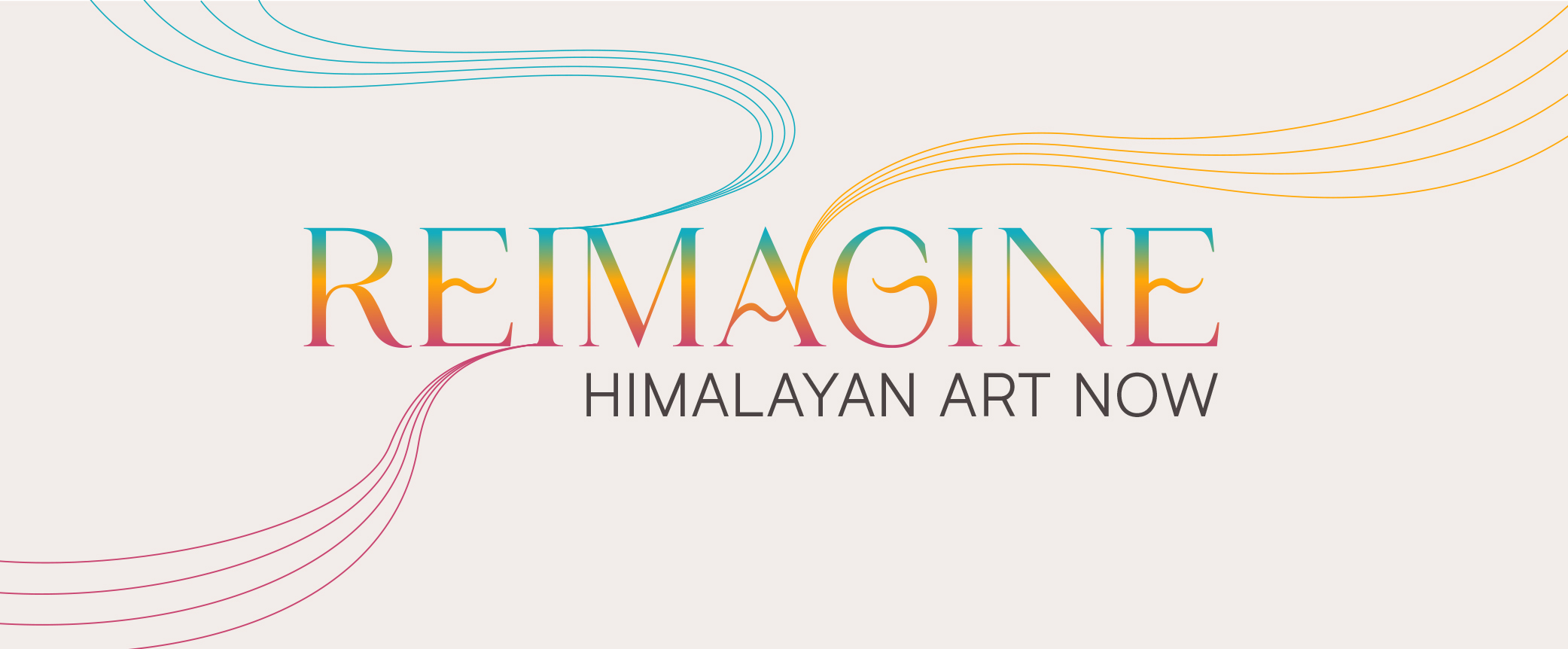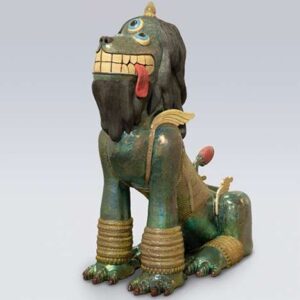
Sonam Dolma Brauen
Reimagine: Himalayan Art Now
March 15–October 6, 2024
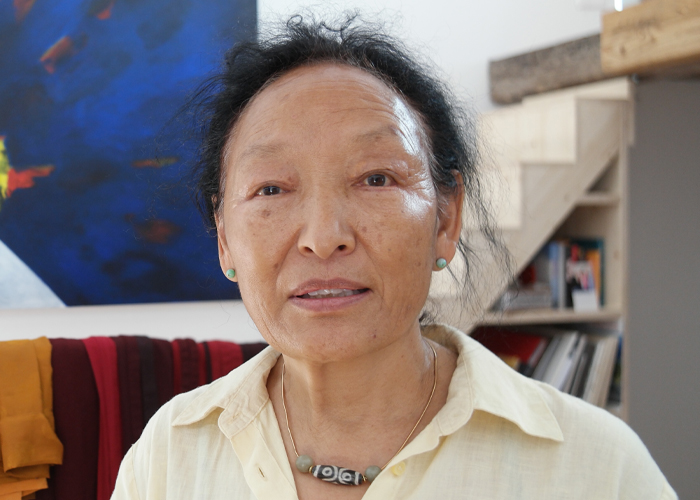
LISTEN TO THE ARTIST
ABOUT THE ARTIST
Sonam Dolma Brauen (she/her)
b. 1953, Kongpo, Tibet; lives in Bern, Switzerland; works in Niederwald, Switzerland
Born in 1953, Sonam Dolma Brauen spent the first six years of her life living high up in the Tibetan mountains. Due to the occupation of Tibet, she fled across the Himalayan mountains with her family to India, and at age 19 Sonam and her mother emigrated to Switzerland. She began her art training in 1990 while studying at Art School Bern.
After moving to New York City in 2008, where she lived for four years, she began to create installations with materials such as monk robes from Tibet and plaster tsatsas in the shape of stupas. Her provocative abstract works utilize human hairs, teeth, and used ammunition shells in artworks that comment on contemporary society. Sonam Dolma Brauen’s works have been exhibited in Switzerland, Germany, Korea, Holland, USA, and Italy.
ABOUT THE ARTWORK IN REIMAGINE
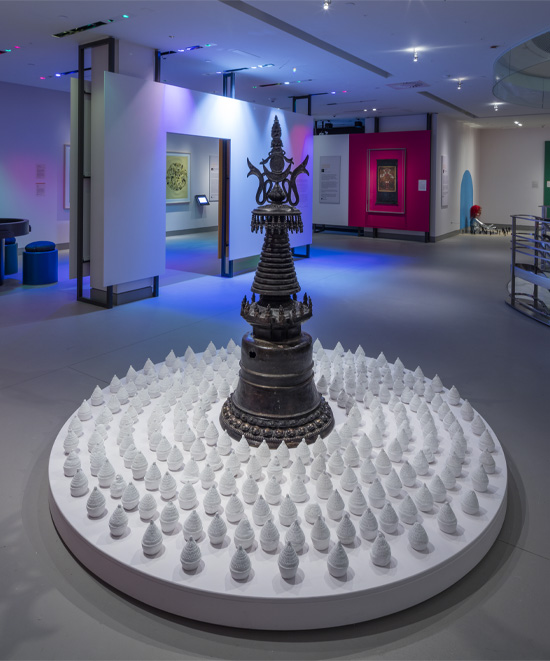
In the Tibetan Buddhist tradition, the ashes of a deceased person are often mixed with clay and used to make figurines with tsatsa molds. These figurines are placed in sacred places to accrue positive merit for the deceased person as well as those who placed them there. Tsatsas can take different forms, including deities and stupas, a symbolic representation of buddhahood and the universe. Sonam Dolma Brauen placed a stupa from the Rubin Museum’s collection at the center of her installation, as it resonated with the symbolism of her tsatsas and became a catalyst for the creation of a new narrative.
This installation holds great personal significance for the artist, as the figurines are modeled after the tsatsa mold that her family brought with them during their escape from Tibet. She invited people to participate in workshops to create the tsatsas in this installation, and participants inserted a piece of paper into each one to express their wishes for inner and world peace. By inviting community participation in the creation of her work, Sonam Dolma Brauen intends to convey peace, togetherness, and connection to one another.
RELATED RUBIN OBJECT
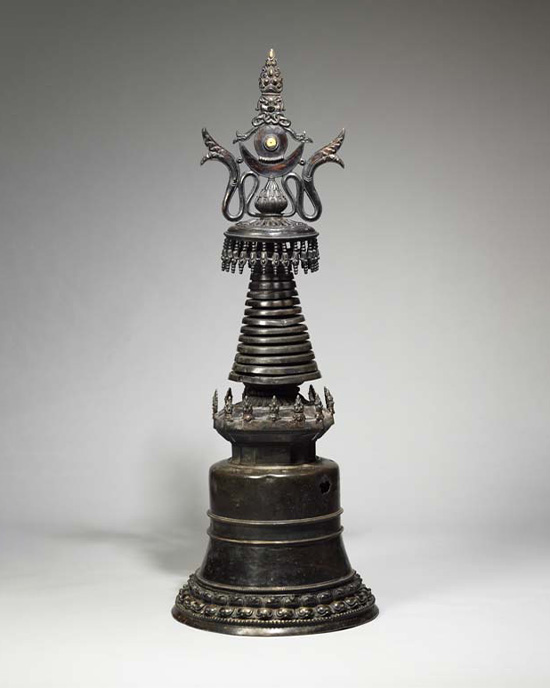
This object from the Rubin Museum’s collection is a part of the Field of Wishes installation in the Reimagine exhibition, inviting new ways of encountering traditional Himalayan art.

